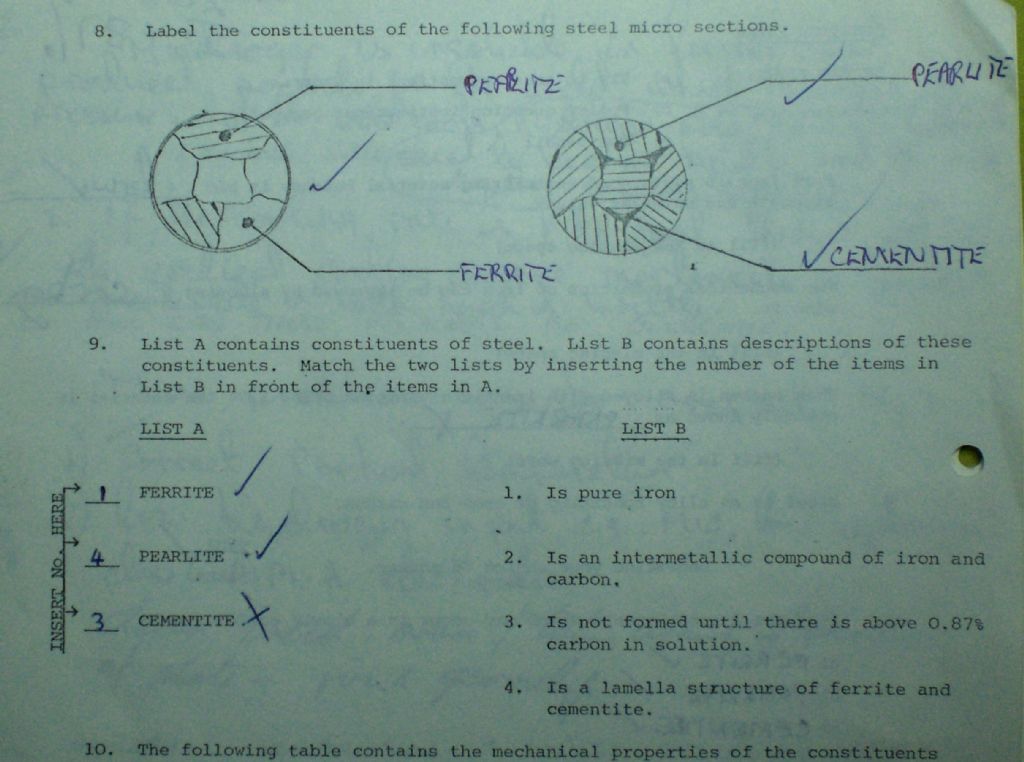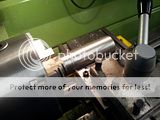To go back to the original point – why did this pick up in the first place.
Probably inadequate cooling, resulting in sliding friction, heat on the tip and then a weld build up. For sort of work, cooling volume is a good thing, and dilute oil is often a better bet than the neat cutting stuff. We don’t by and large put the stuff under industrial loading where the neat comes ot the fore, and nor do we use or neat in industrial volumes.
I would also suspect the quality of the tool, as well. (the smart professional looking one. There is a lot of monkey metal posing as tool steel, and its ok in so far as it goes, but it does abrade very quickly, and then you are in trouble.
Its been a while since I bought tool steel, (I mostly use carbide or tangential tooling which is v economical on bits) but you can get Far Eastern stuff for a quid or so for a 1/4 sq bit. You can also pay over £20 for the “same” item.- if it has a name likeEclipse or Cleveland or Hydra on it. For my money the cheapest tool stel is always the £20 per bit stuff. Because it works. The other stuff I find always has a lot of trouble cutting from the trash can- because that is where it ends up.
I’ve tried these job lot type packs of tools and never had a lot of success. The tool steel ones are mostly NBG, the carbide ones have brittle tips, and I have never had much luck with them. What I have had a lot of luck with is high grade indexable carbide, or good grade tool steel properly ground on a Quorn, to known and repeateable angles.
Perhaps a Quorn is a bit OTT (until you see the preQuorn tooling toolholder for the quorn – chickens and eggs – ) but some kind of decent jig is very very useful.
Perhaps it depends on what one is looking for, but I have Eclipse parting blades which I bought with the Myford 30 years ago, and are still giving good service. – thats why I don’t like the look of that tool Peter. Im sure that is where the problem started, but I’m very willing to be corrected
Peter G. Shaw.







